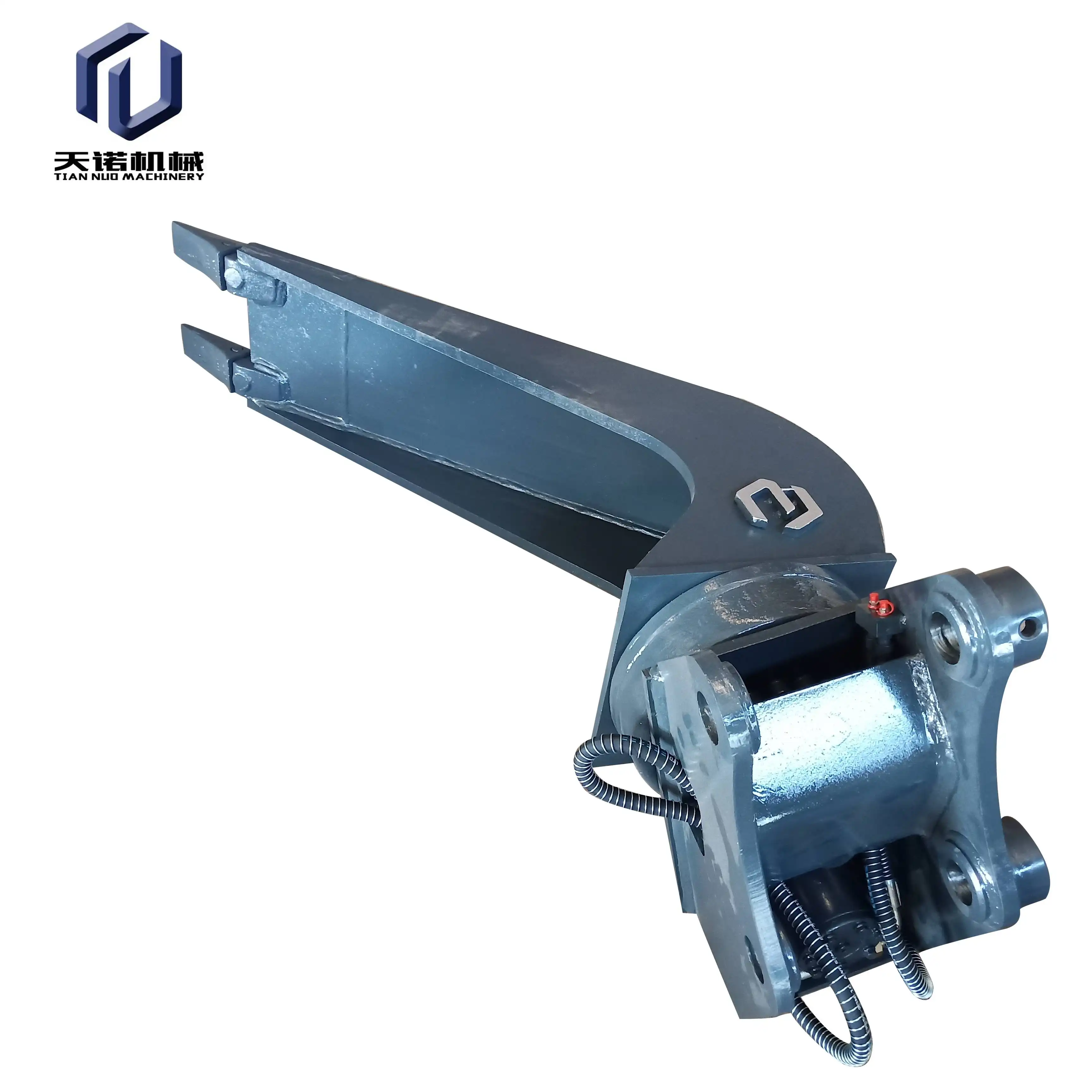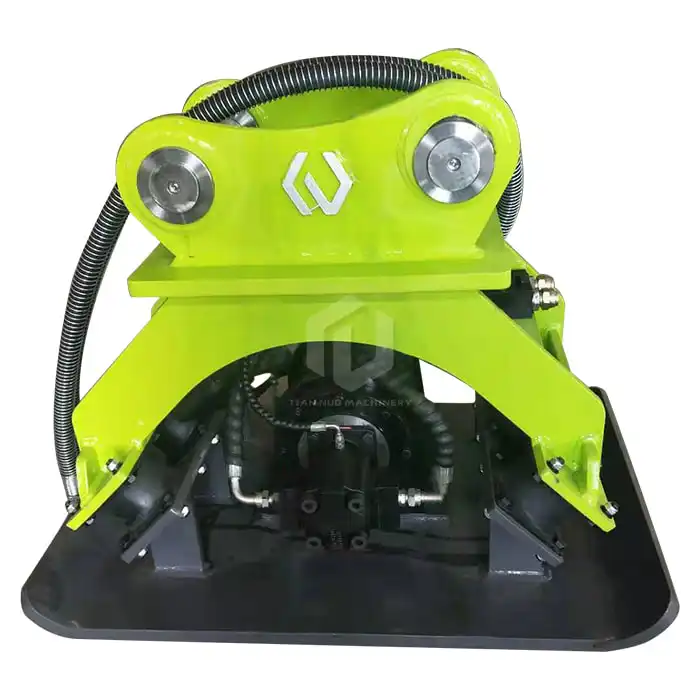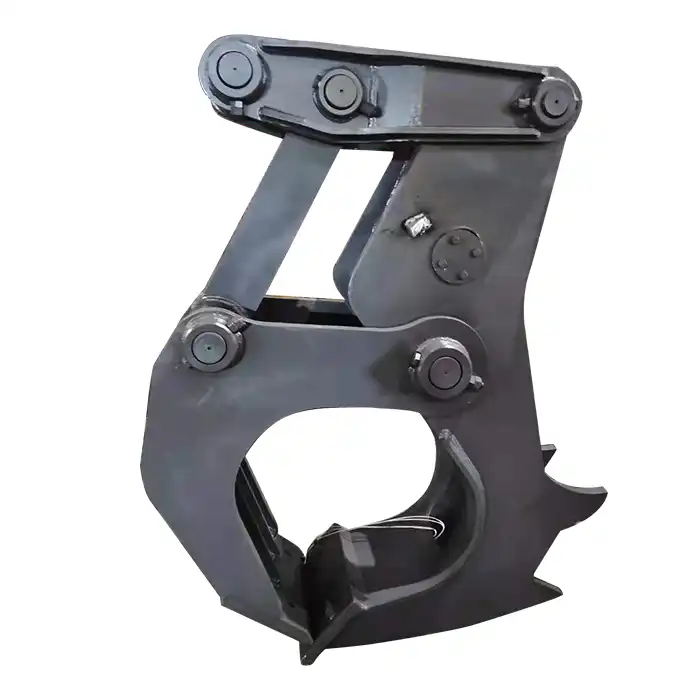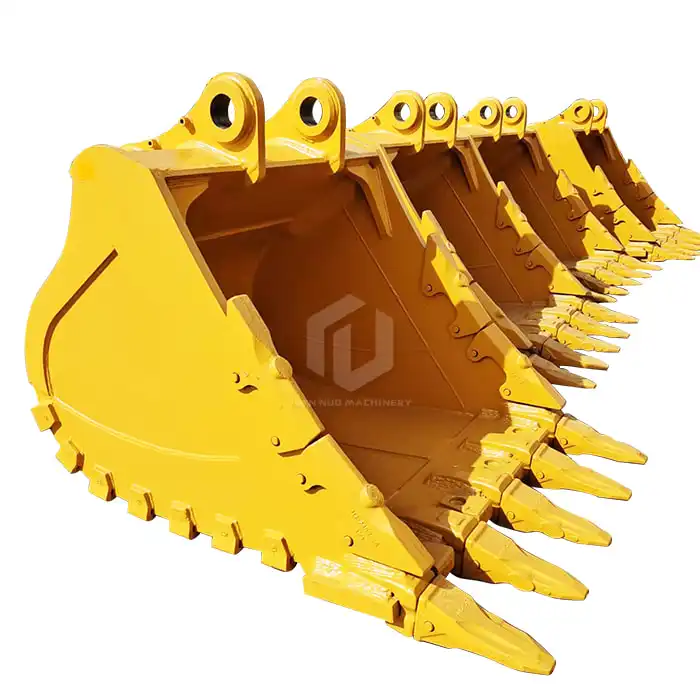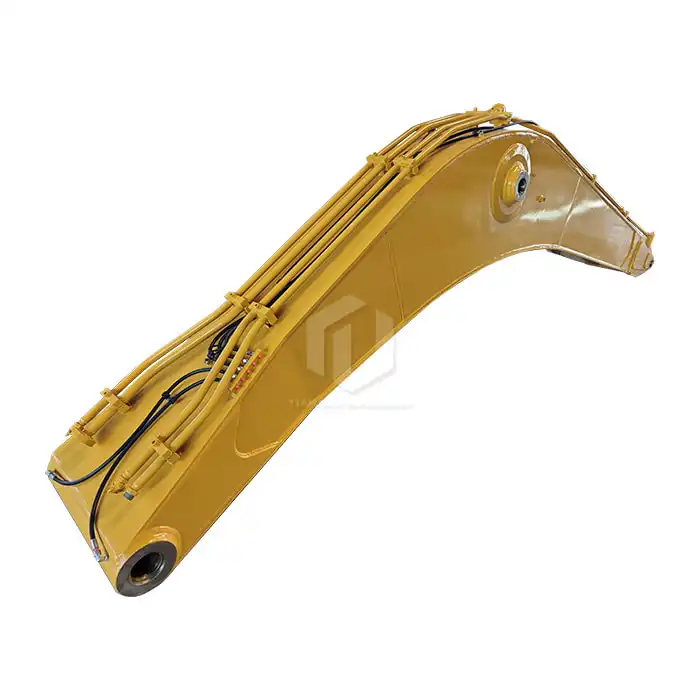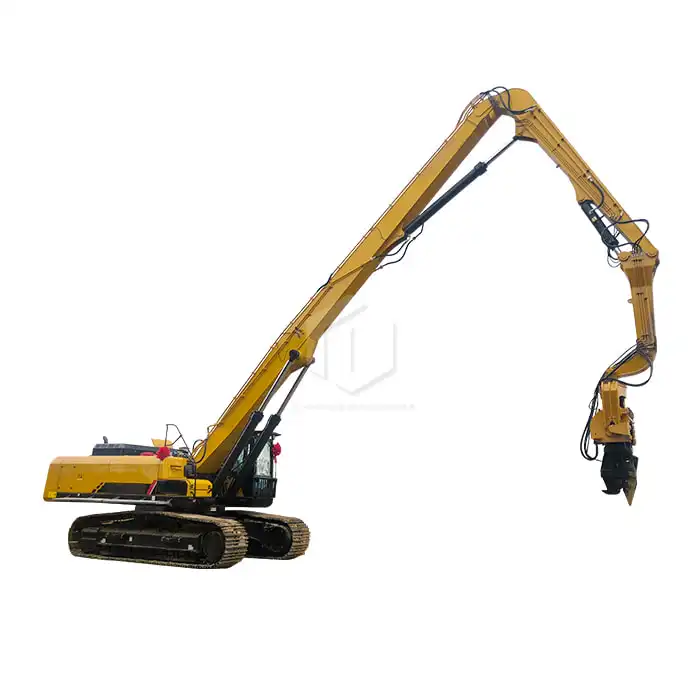How does a ballast cleaning machine work?
If you want trains to run safely and effectively, they need to be maintained. The upkeep of railway ballast, which is the crushed stone or gravel that makes up the bed of a railway track, is one of the most crucial parts of this process. This ballast's capacity to properly support the track and drain water can be diminished over time if it becomes contaminated with dirt, debris, and other small particles. The ballast cleaning machine, a specialized piece of equipment made to get the ballast back to its best state, comes into play here.
The fascinating world of ballast cleaning machines will be the focus of this article, as we will delves into their operation, advantages, and crucial role in railway maintenance. You are in for a fascinating read whether you are a railway enthusiast, a maintenance professional, or just curious about how these impressive machines function.
Excavation Of Ballast
The initial step in cleaning the ballast involves excavating the existing ballast. The ballast cleaning machine's powerful excavating chain penetrates the track bed to gather contaminated ballast effectively. Designed to operate at a specific depth, this chain efficiently collects all the ballast beneath the sleepers while safeguarding the underlying formation. By ensuring that only the contaminated material is removed, the process maintains the integrity of the track structure and prepares the area for subsequent cleaning and restoration, ultimately enhancing the railway’s performance and longevity.
As the machine moves along the track, the excavating chain rotates, continuously lifting the ballast onto a conveyor system. This process is meticulously controlled to maintain proper track geometry and prevent damage to the sleepers or rails. Adjustments to the excavation depth can be made to suit different track conditions and maintenance needs, ensuring optimal performance. This flexibility allows for effective ballast removal while preserving the structural integrity of the railway. By adapting to various requirements, the system enhances overall efficiency and safety in ballast cleaning operations.
Modern ballast cleaning machines are equipped with advanced control and sensor systems that enable precise excavation. These sophisticated systems can automatically adjust the excavation depth based on real-time track conditions, ensuring optimal performance throughout the cleaning process. By dynamically responding to the environment, these technologies minimize the risk of over-excavation, which can compromise track integrity. This level of precision not only enhances the efficiency of ballast removal but also contributes to the overall safety and longevity of the railway infrastructure, making maintenance operations more effective and reliable.
Screening Process
After being excavated, the ballast moves through the ballast cleaning machine's heart: the unit for screening the magic happens here when the recyclable ballast and the waste material are separated. In order to guarantee a thorough cleaning, the screening process typically involves multiple stages. The excavated material is routed through a series of vibrating screens with varying mesh sizes in the initial stage. The larger ballast stones are separated from the smaller ones by these screens. The larger, clean stones that meet the required dimensions are saved for future use.
After the material passes through the initial screens, it moves on to a second, more precise screening stage. Here, smaller, usable ballast particles are separated from fine dust and other contaminants. To enhance the cleaning process, advanced ballast cleaning machines may incorporate air blowers or water sprays during this stage. These additional features ensure a thorough removal of impurities, resulting in higher quality ballast that meets operational standards. This meticulous screening process plays a crucial role in preparing the ballast for effective reuse in railway applications.
During the cleaning process, the ballast cleaning machine continuously monitors the quality of the ballast. If the machine detects that an insufficient amount of ballast is being recovered, it can either alert the operators that additional new ballast may be needed or automatically adjust its operations accordingly. This real-time monitoring ensures that the cleaning process maintains high standards and efficiency. By proactively addressing any issues with ballast recovery, the machine enhances the effectiveness of the operation, contributing to improved track performance and overall railway safety.
Recycling And Reuse
The final step in the ballast cleaning process involves recycling and reusing the cleaned ballast. This is where the environmental benefits of ballast cleaning machines become most evident. By effectively cleaning and reusing existing ballast, these machines significantly reduce the need for new material, helping to conserve natural resources. Additionally, this practice lowers transportation costs associated with sourcing new ballast. Overall, recycling cleaned ballast not only enhances sustainability in railway operations but also contributes to more efficient resource management within the industry.
A series of conveyors return the cleaned ballast to the track bed. The ballast cleaning machine carefully distributes and levels the ballast as it is being replaced to ensure adequate track support. Any setback in counterbalance volume because of the expulsion of polluted material is made up by adding new weight from capacity containers on the machine.
Meanwhile, specialized waste wagons are employed to collect the material separated during the screening process. This waste can often be recycled for various applications, such as fill material for construction projects, enhancing the sustainability of the operation. By repurposing this byproduct, the overall process contributes to more efficient resource use and reduces waste, further promoting environmentally friendly practices in the industry.
Ballast Cleaning Machine Supplier
Ballast cleaning machines are engineering marvels that are essential to the upkeep of our rail infrastructure. These machines ensure that our trains continue to operate safely and smoothly by efficiently excavating, cleaning, and replacing ballast. We can anticipate seeing ballast cleaning machines that are even more sophisticated and effective in the not-too-distant future as railway technology continues to advance, further enhancing the sustainability and dependability of rail transportation.
Ballast cleaning machines today are extremely effective and can clean up to 600 cubic meters of ballast per hour. Since this high-speed operation causes the least amount of disruption to rail traffic, maintenance teams are able to finish their work on time. If you have any questions about our products, please send an email to arm@stnd-machinery.com and we will provide you with detailed information. If you need after-sales support or have any service-related questions, please send an email to rich@stnd-machinery.com and we will answer you as soon as possible. If you have cooperation intentions or business consultations, please contact us through tn@stnd-machinery.com and we will reply to you as soon as possible. No matter which email address you choose, we look forward to providing you with quality service! Looking forward to your contact!
References
1. Railway Track Engineering by J.S. Mundrey
2. Track Geotechnology and Substructure Management by Ernest T. Selig and John M. Waters
3. Plasser & Theurer: Ballast Cleaning Machines Technical Documentation
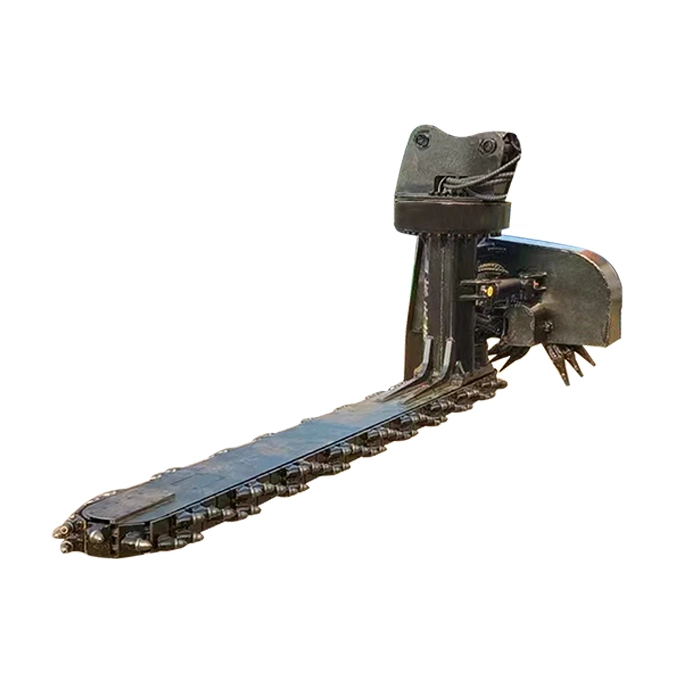

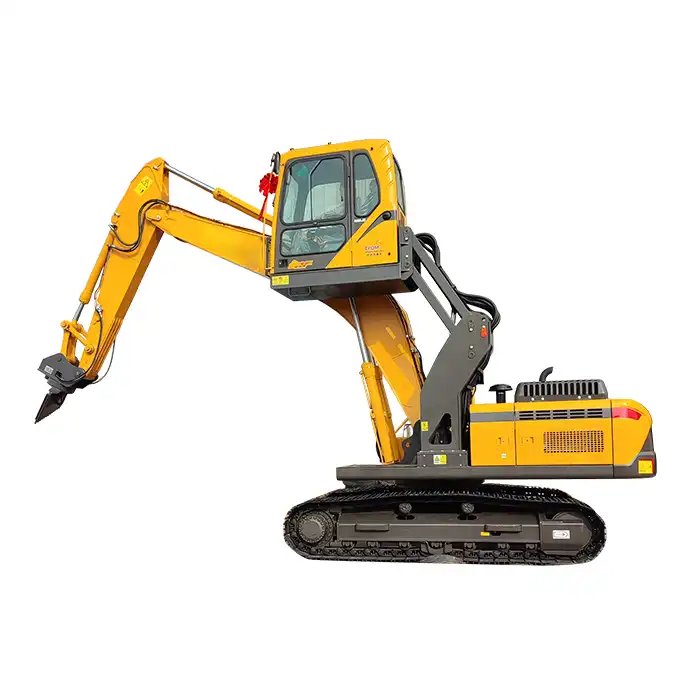
_1740558626327.webp)
